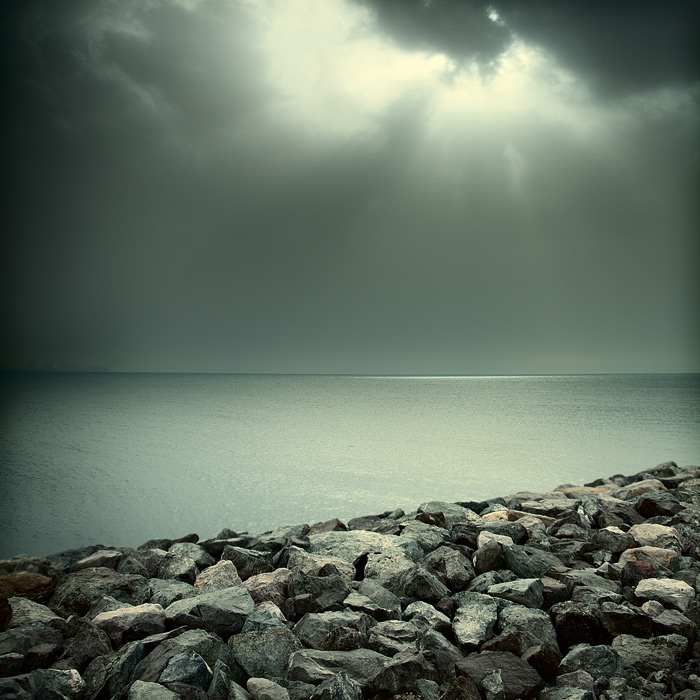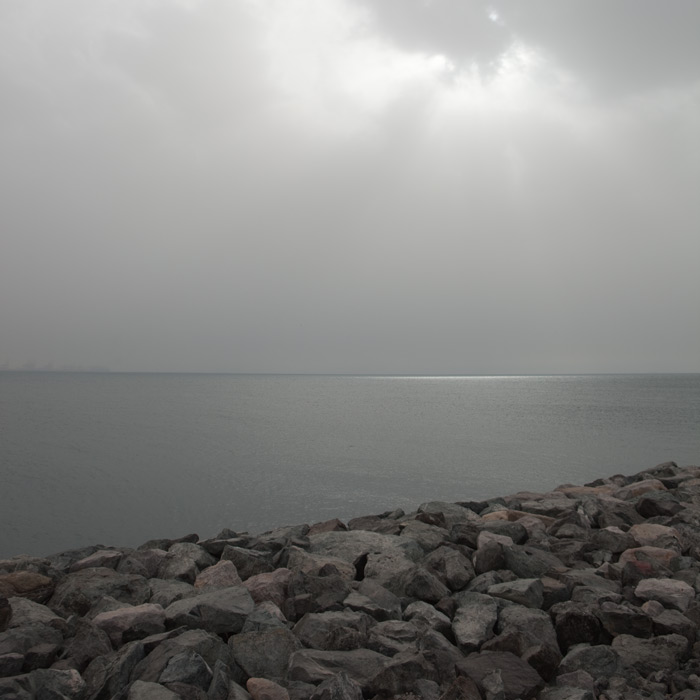LEARN MORE HERE• loading the original |
| previous | latest entry | next |
|
captured camera lens focal length aperture shutter speed shooting mode exposure bias metering mode ISO flash image quality RAW converter cropped? |
2.23pm on 27/2/10 Canon 5D Mark II EF 24-70mm f/2.8L USM 27mm f/8.0 1/400 aperture priority +2/3 evaluative 100 no RAW ACR 1x1 |
|
|
| previous | latest entry | next |



